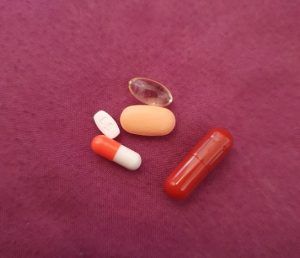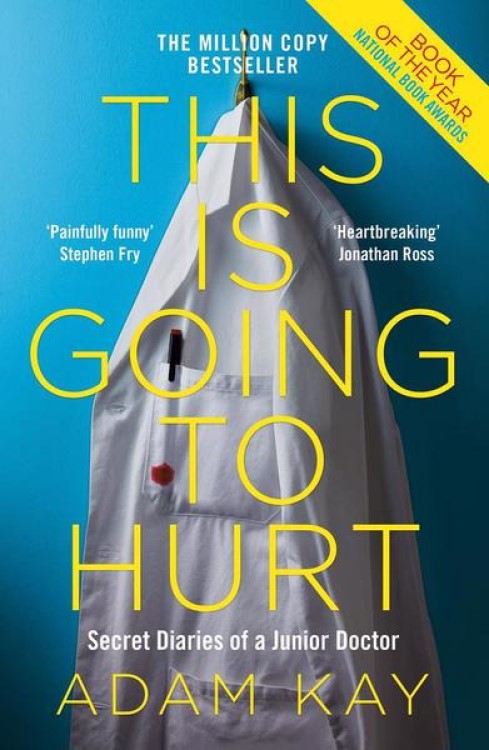I recently visited Wroclaw in Poland with my brother and his friends for his stag do and his birthday. It was the first time I had met many of my brother’s friends and they are a great bunch of lads. In this post I’ll be discussing my experience of being in Wroclaw.
The first thing to write is that the architecture is aesthetically pleasing. There are many buildings with a Georgian style and many churches that are exquisitely designed. Here is an example of one such church:
Here are two photos of fountains I took:
Wroclaw is vibrant, youthful and has an upbeat feel. It is a clean city, only being let down by graffiti that is everywhere. There are plenty of places to eat and drink, with some even having English menus upon request. The cost of living is cheap with roughly 10 slotty (about £2) buying a double vodka and diet coke. I did have difficulties getting zero sugar drinks in a number of places, which was a bit of an issue with me being diabetic.
The only Polish word I managed to learn was Kawa, which means coffee. The main square is huge and has flower market stalls that appear to be open 24/7. I found myself listening to Polish conversations as I walked around and appreciating the beautiful sound of the language. Some Polish spoke English exceptionally well whereas others didn’t speak any English at all. I found the Google Translate App really useful.
Without doubt it is people that make a city. All appeared happy, content and liberal. Polish people had less inhibitions when it came to dancing than we English have. Polish people will quite happily bump into anyone in their way in pubs and clubs. This is normal to the Polish, but being British I found it a little rude.
As Poland is known for being Roman Catholic and as such conservative when it comes to gay people and their rights. I decided to test the waters with a Polish man who I had been talking to and getting on with whilst smoking a cigarette. I came out and asked his views on gay people. He said:
“I don’t care, I don’t give a fuck. That’s your choice. We’re all just friends here.”
He described himself as not being religious, male, heterosexual and was in his mid twenties.
Overall Wroclaw is a beautiful city, with wonderful people and a place that I will be visiting again.
Take care,
Antony









